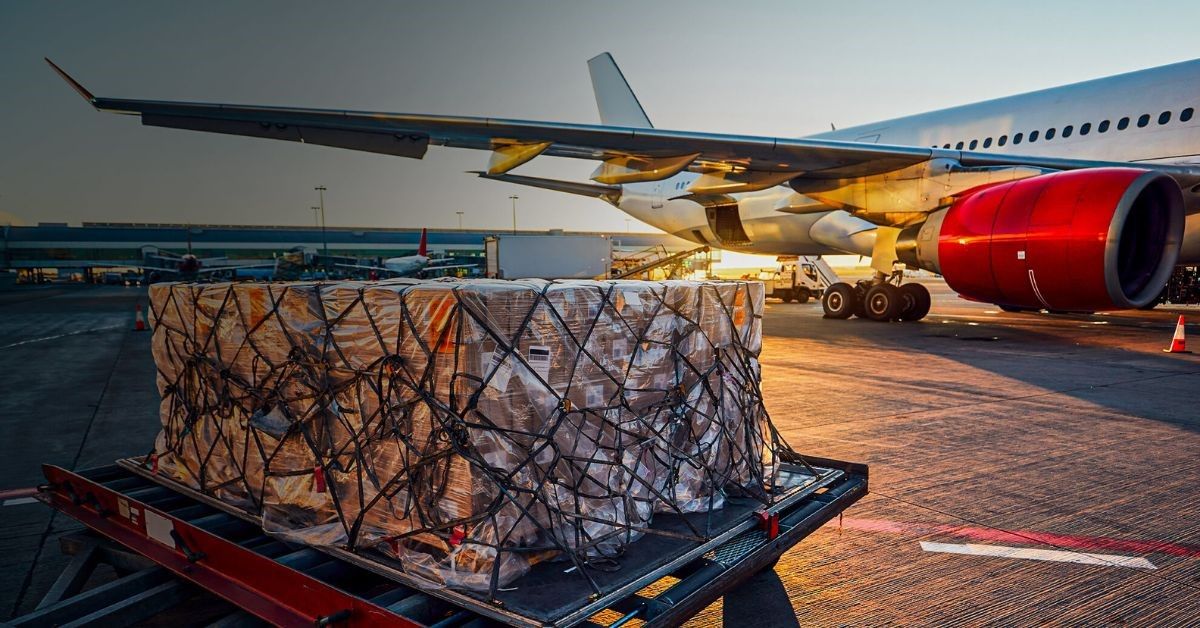In order to accommodate the anticipated eight-fold rise in smartphone exports, which are anticipated to reach $180 billion by 2030, the Indian mobile phone industry is pleading with the government to improve air cargo handling facilities. The India Cellular and Electronics Association (ICEA) issued the plea, emphasizing the pressing need for expansion given that existing airports are almost at capacity. The turnaround time at customs is a major obstacle for the electronics industry, slowing shipment processing, as ICEA Chairman Pankaj Mohindroo emphasized. “The factory-to-export process starts on Day 1 in China, but it doesn’t start until Day 2 in India. Given the enormous disparity in export volumes between the two nations, this gap is very worrisome,” Mohindroo stated, noting that in 2023, China’s electronics exports will amount to $959 billion, more than 30 times India’s $29 billion. India’s air cargo exports are already dominated by electronics, which come in second overall, behind petroleum and technical items.
Since existing airport infrastructure is running at about 100% capacity, ICEA emphasizes the necessity of major enhancements to meet the aggressive export ambitions. Mohindroo pointed out that in order to handle the anticipated increase in exports, it is imperative to build new airports and enlarge current ones.Mobile phones accounted for $15 billion of India’s $29.1 billion in electronics exports during the 2023–24 fiscal year.
Mohindroo cautions that a significant expansion in the nation’s air freight capacity is necessary to meet the goal of $500 billion in the electronics industry by 2030. Electronics exports will overtake other exports in volume and become a major force in India’s air cargo industry as a result of their rise.Presently, the airport in Delhi handles 55% of India’s exports of mobile phones, with the remaining 30% and 10% going to the airports in Madras and Bangalore, respectively. But Mohindroo pointed out that a lot of airports don’t have enough room for essential cargo activities like docking, truck parking, and loading/unloading, which makes logistics more difficult for electronics that are weather- and temperature-sensitive.Furthermore, delays are made worse by the ad hoc nature of brokers’ customs procedures. ICEA demands quicker clearance timeframes and better organized processes to address these issues.
An important step in increasing air cargo capacity is the Indian government’s ambition to construct 50 new airports over the course of the next five years. The ministry of trade has recently proposed tax breaks, lower aircraft fuel costs, and the construction of infrastructure to assist air cargo. In order to increase exports, Mohindroo also cited the construction of new airports, such as the Noida International Airport and greenfield airports in Tamil Nadu and Maharashtra.
Notably, two of India’s leading exporters of mobile phones are Apple and Samsung, both of which have significant production facilities in Tamil Nadu and Noida. ICEA anticipates that improved infrastructure will enable more seamless exports with a planned investment of Rs 20,000 crore for a greenfield airport in Parandur, Tamil Nadu. The new airport is expected to accommodate up to 10 crore passengers a year and have a cargo terminal to accommodate more shipments. These infrastructural upgrades are essential to maintaining growth in the upcoming ten years as India aims to become a global center for mobile phone exports.








